By Savanna Kearney
After an in-depth keynote regarding Jesus’ presence in the Eucharist on Friday night, Father Robert Spitzer returned on Saturday to Florida Eucharistic Congress to give a talk during the general track called “Science and the Shroud of Turin.”

The Shroud of Turin, so named because it is housed in the Turin Cathedral in northern Italy, is a 14-foot ancient linen burial cloth that shows the negative image of a man who many believe to be Jesus Christ. The piece of cloth is one of the most scientifically studied relics in human history, and according to Father Spitzer, many of the studies show strong evidence that the man wrapped in it was in fact the Messiah.
“You’re really, in my opinion, looking at the face of Jesus Christ,” said Father Spitzer in regard to a photo of the shroud. “Behold the face of Jesus Christ. The evidence for this is quite overwhelming.”
Father Spitzer first addressed one of the studies on the shroud, a 1988 carbon dating, that indicated the cloth originated in the 15th century rather than the period centuries earlier when Jesus is believed to have died. He explained that that particular test was done on the part of the shroud that had suffered damage in the 1532 fire of Chambéry. The carbon dating showed fabric from the 15th century because that’s when it was repaired using 15th century fabric and dye.
“That carbon dating, I can assure you, is not a valid carbon dating,” he said.
Along with many other references that point to the time and location of Jesus’ crucifixion, four other tests throughout the years showed that an origination date of 50 A.D. plus or minus 200 years, with a 96 percent confidence level.
Many of the blood stains found on the Shroud of Turin match the blood stains of the Sedarium of Oviedo, which is the cloth placed around Jesus head to carry him from the cross to the tomb. In fact, there are 150 total points of congruence between the two pieces of cloth.
“It’s astronomically improbable that these two cloths could have originated without having touched the same face, which I would maintain is the face of Jesus Christ,” said Father Spitzer.
After testing the hundreds of bloodstains on the shroud over the centuries, the conclusion was drawn that it is real blood, type AB+, which is a rare blood type and the same blood type as was found in the 1996 Buenos Aires Eucharistic Miracle. It was also concluded that the blood was from not only a man, but also a man who was tortured before he died.
There are five unique correlations between the location of the bloodstains on the shroud and the parts of Jesus’ crucifixion that were different from most other crucifixions. The bloodstains are congruent with a crown of thorns, a side wound from a Roman spear, whipping marks from a Roman flagrum, wounds from being nailed to a cross (criminals were usually tied to a cross for crucifixion) and finally indications that the body was hanging vertically for a long period of time.
“When you start looking at all of the evidence, this sounds like the unique crucifixion of Jesus Christ,” he said.
Finally, Father Spitzer walked the audience through the image on the shroud itself and how it proves to be the Messiah. For example, the amount of light it would have taken to produce the perfect 3-dimensional photograph negative on the linen shroud is the equivalent of 100,000 searchlights beaming from the man’s body into the 14-foot span of cloth.
“All I can say is, if this isn’t Jesus Christ, I am completely befuddled,” he said. “Jesus Christ is with us, and he’s given us enough evidence from science to actually show it.”
